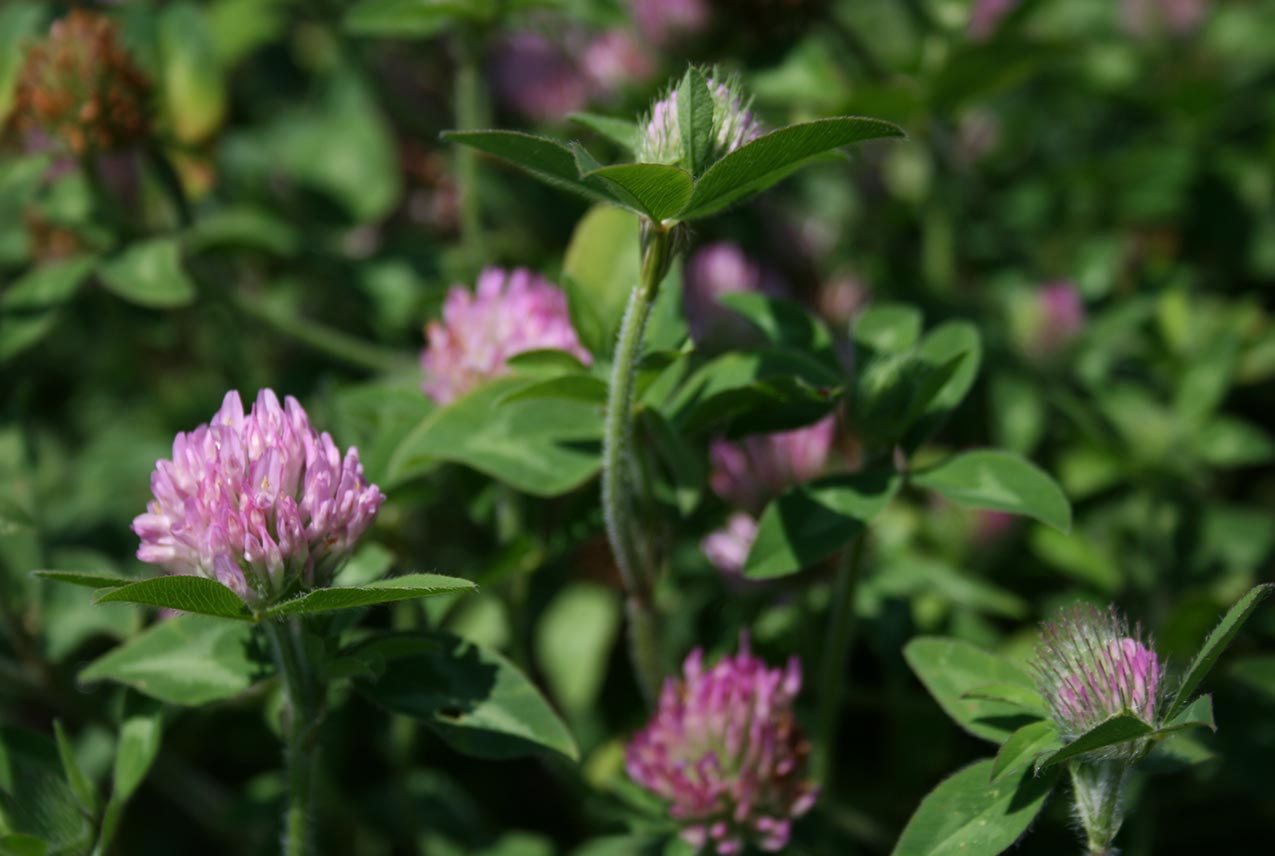Menopause Support Daytime
NEW NAME! SAME FORMULA! Combats symptoms including hot flashes & irritability*
Trifolium pratense
Native to; the northern Atlantic and central Europe; the Mediterranean region; Balkans, Asia Minor, Iran, India, Himalayas; Russia from Arctic south to east Siberia; Caucasus, and the Far East. It spread to England ca 1650 and was carried to America by British colonists (Taylor and Smith, 1981). Widely introduced and cultivated. It is grown primarily for its value as a nutritionally dense food for grazing livestock. In Russian and Chinese traditional use the floral tea is used to support bronchial-respiratory health. It has also been used as a wash, and internally both as a tea and an extract. Because of it’s nutritional complexity it has been recommended for convalescence, brewed as a tea from the freshly dried flowers. If you are selecting dried flowers to make tea, it is best to avoid the material if it is brown. This indicates that the material has oxidized probably due to improper drying, and storage.

